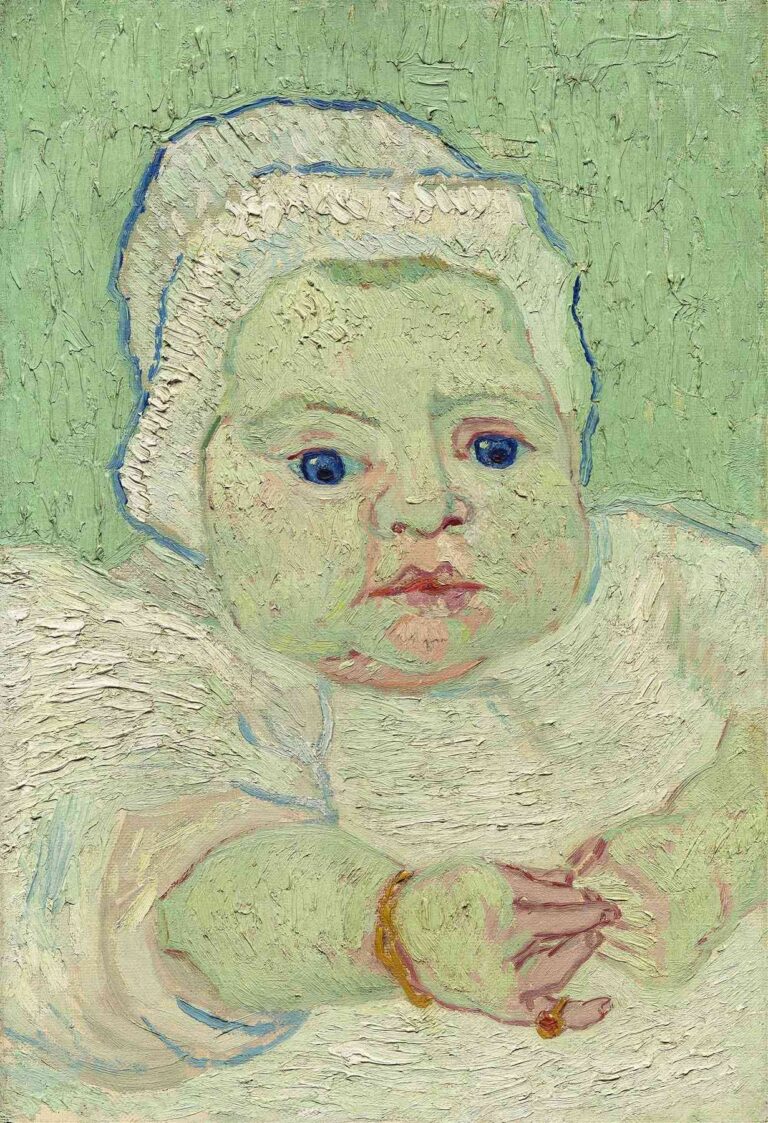
A Complete Analysis of “Roulin’s Baby” by Vincent van Gogh
Delve into Van Gogh’s 1888 portrait “Roulin’s Baby,” where intimate composition, vibrant green hues, and impasto brushwork celebrate the universality of infancy and renewal.

Delve into Van Gogh’s 1888 portrait “Roulin’s Baby,” where intimate composition, vibrant green hues, and impasto brushwork celebrate the universality of infancy and renewal.
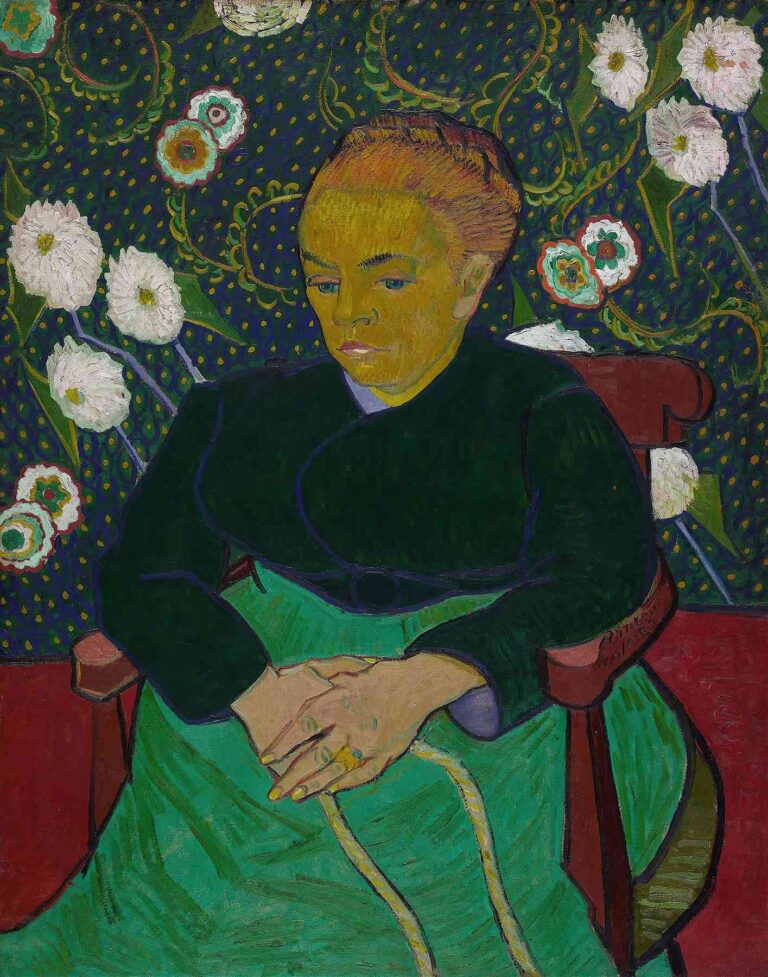
Discover how Van Gogh captures intimate maternal devotion in his 1889 portrait “Madame Roulin Rocking the Cradle,” where vibrant color and dynamic brushwork bring everyday life to luminous art.
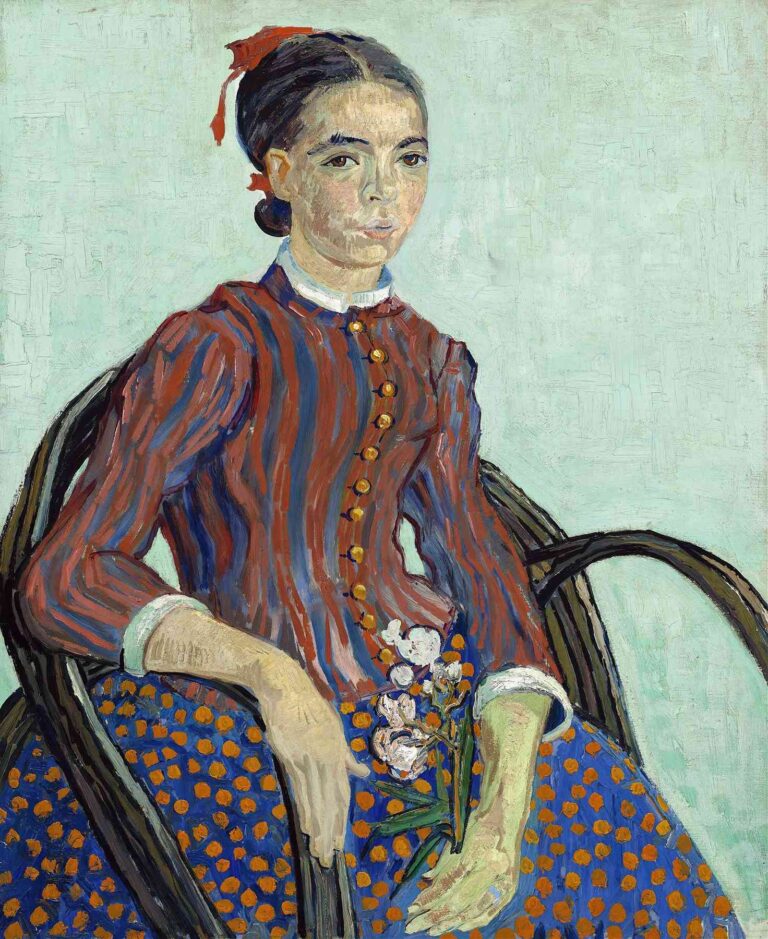
Delve into Van Gogh’s 1888 portrait “La Mousmé,” where Japanese inspiration meets Provençal color in a luminous study of youthful grace.
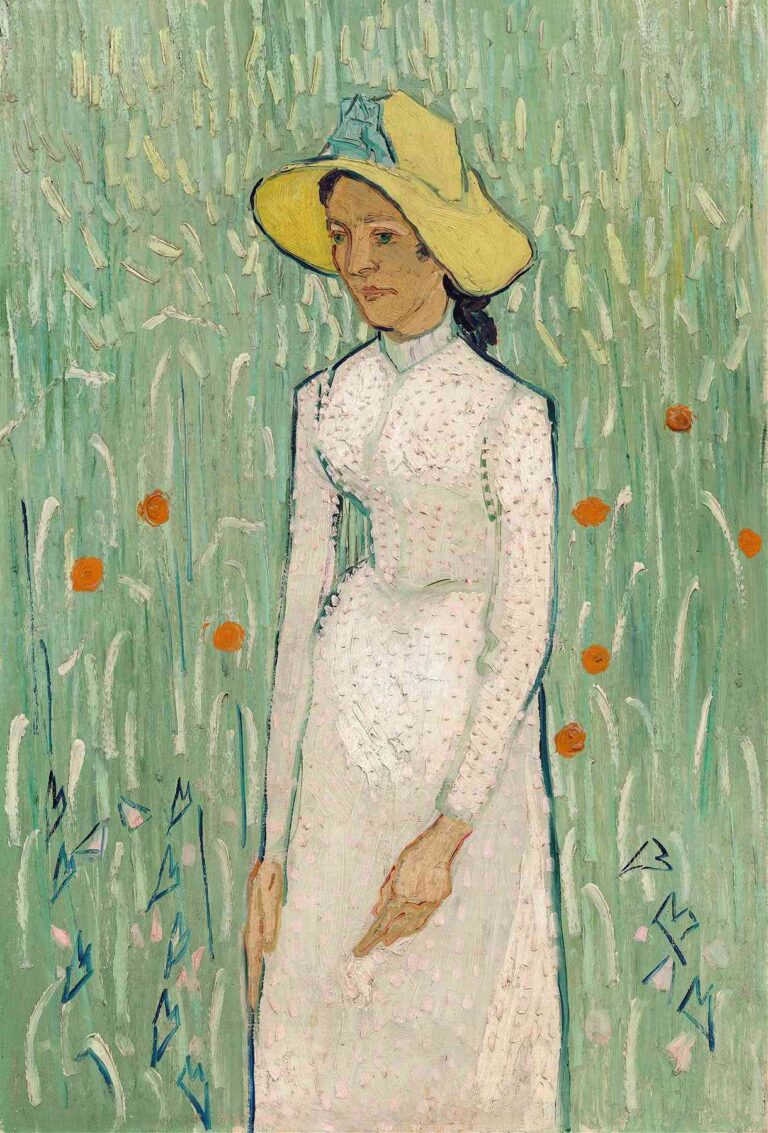
Explore Vincent van Gogh’s contemplative 1890 portrait “Girl in White,” a serene study of youth standing amid wheat and poppies during the artist’s final summer.
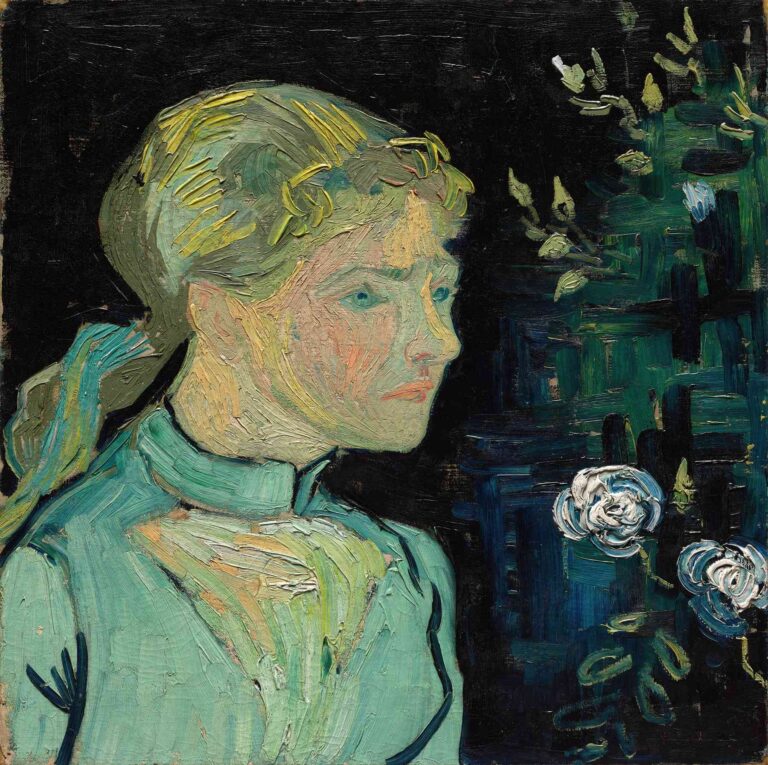
Discover Vincent van Gogh’s poignant 1890 portrait “Adeline Ravoux,” a haunting study of youthful vulnerability painted just weeks before the artist’s death.
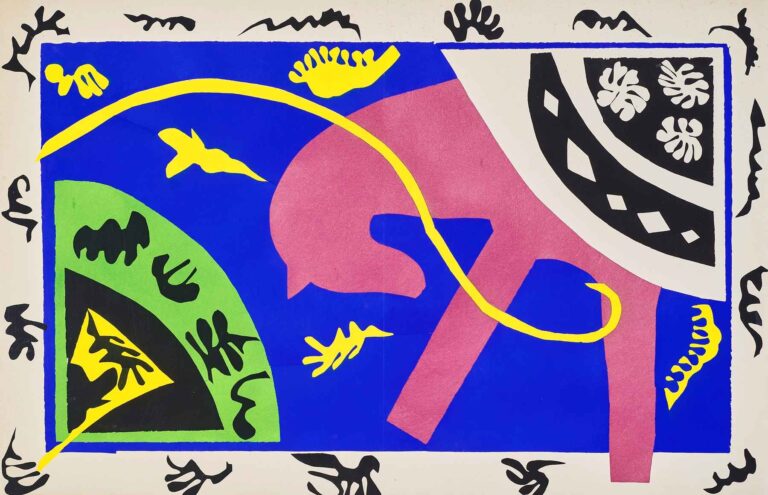
Henri Matisse’s 1947 cut‐paper gouache “The Horse, the Rider and the Clown” evokes circus dynamism with a rose-pink equine form, a looping yellow rider’s line, black clown-like flourishes, and a cobalt-blue field punctuated by green and yellow accents.
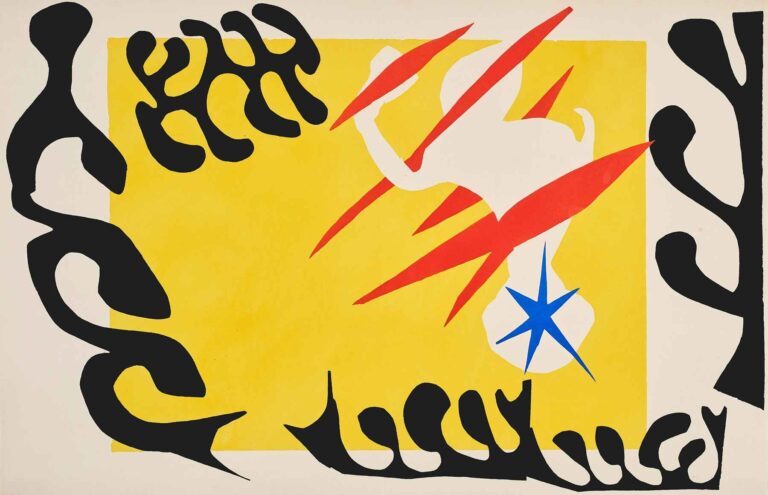
Henri Matisse’s 1947 cut-paper gouache “The Nightmare of the White Elephant” juxtaposes a vivid yellow field with red slashes, a ghostly white elephant form, a blue starburst, and sinuous black vegetal shapes to evoke dreamlike tension and fantastical imagery.
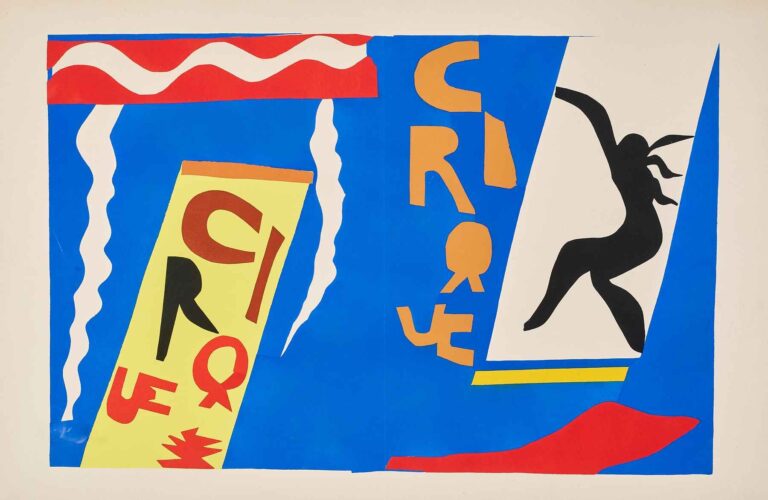
Henri Matisse’s 1947 cut-paper gouache “The Circus” evokes the thrill of the big top through a cobalt-blue field punctuated by a red ring, a yellow “CIRQUE” column, orange letter fragments, white ribbon-like shapes, and a black acrobat silhouette.
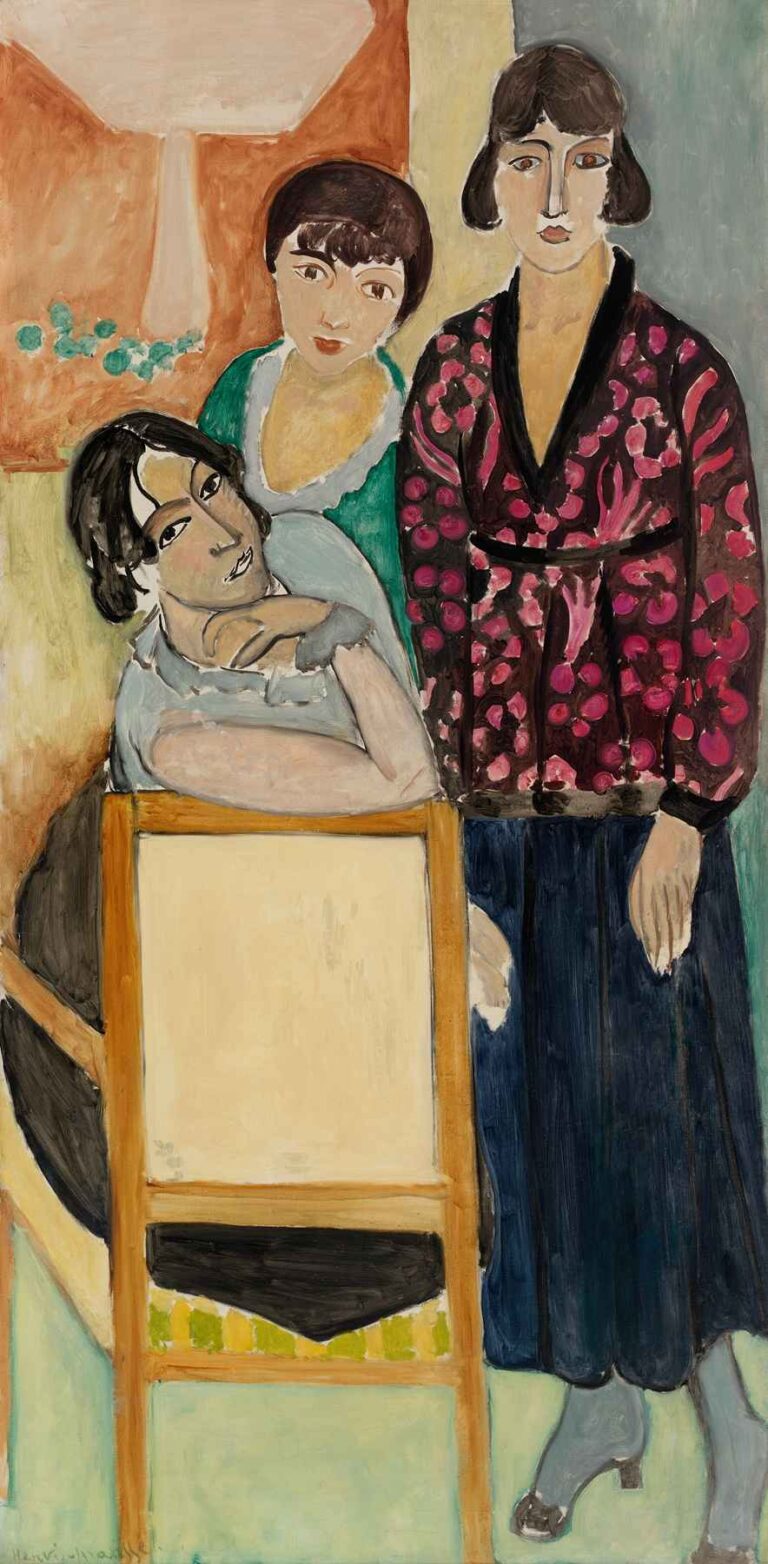
Henri Matisse’s 1917 Three Sisters and “The Rose Marble Table” portrays three young women—one seated, two standing—around a softly veined rose‐marble tabletop, set against broad apricot, lemon, and slate panels in a harmonious, flattened interior.
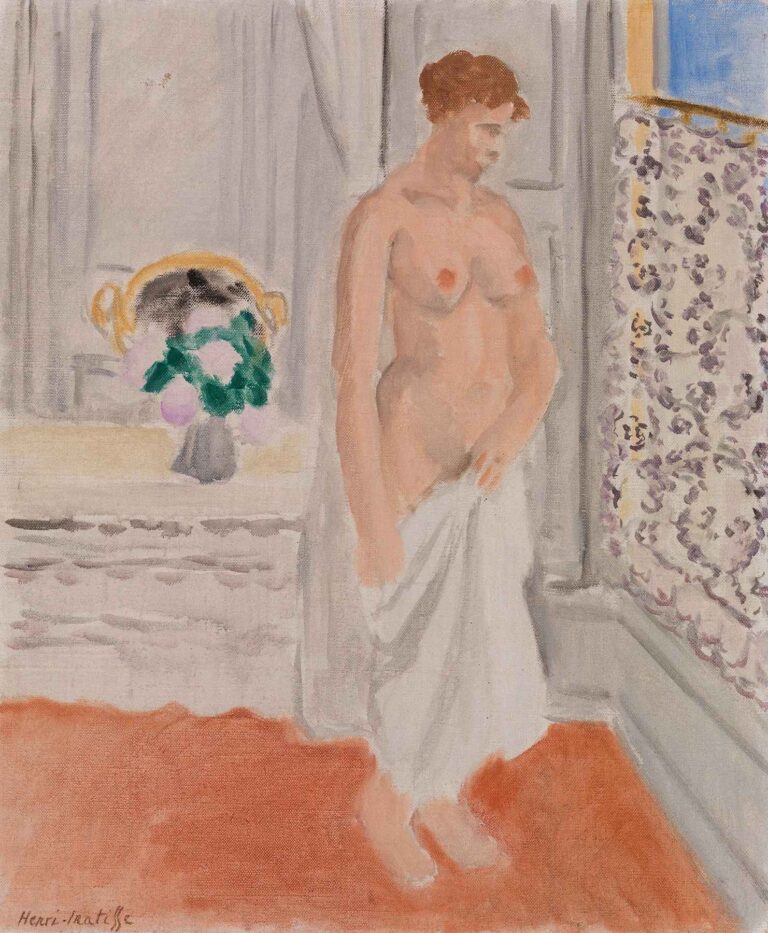
Henri Matisse’s Standing Nude near Window (c. 1918–1920) presents a solitary nude beside pale shutters and patterned drapery, rendered in soft grays, warm terracottas, and lavender accents to create a serene interior infused with Mediterranean light.